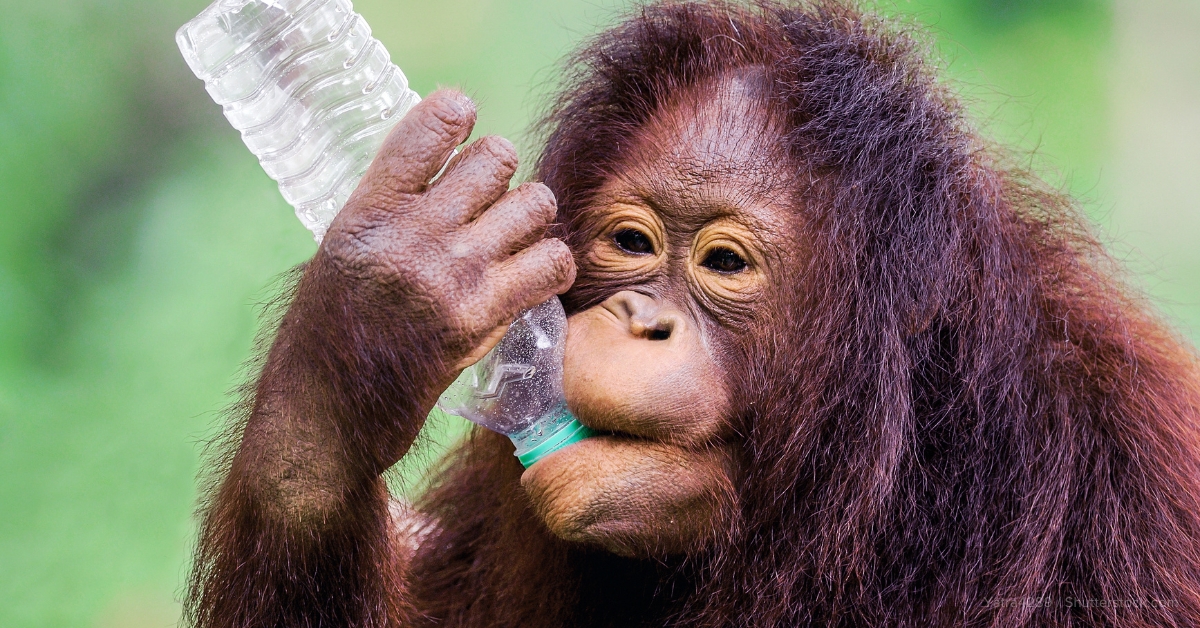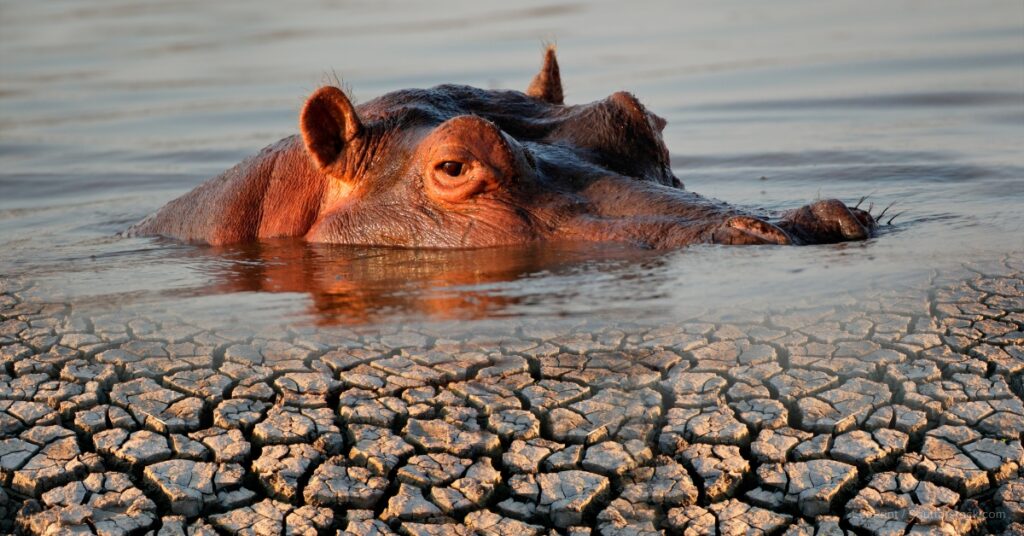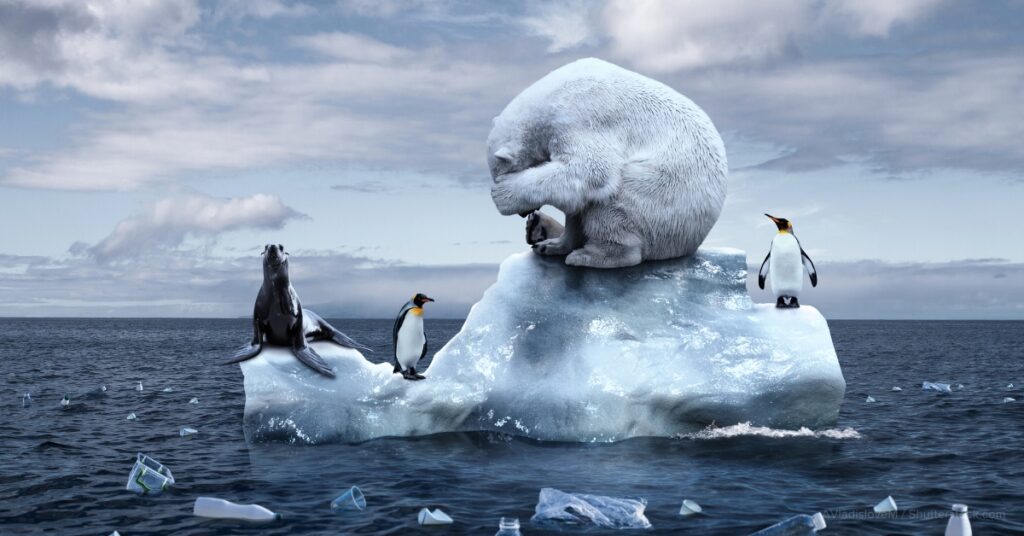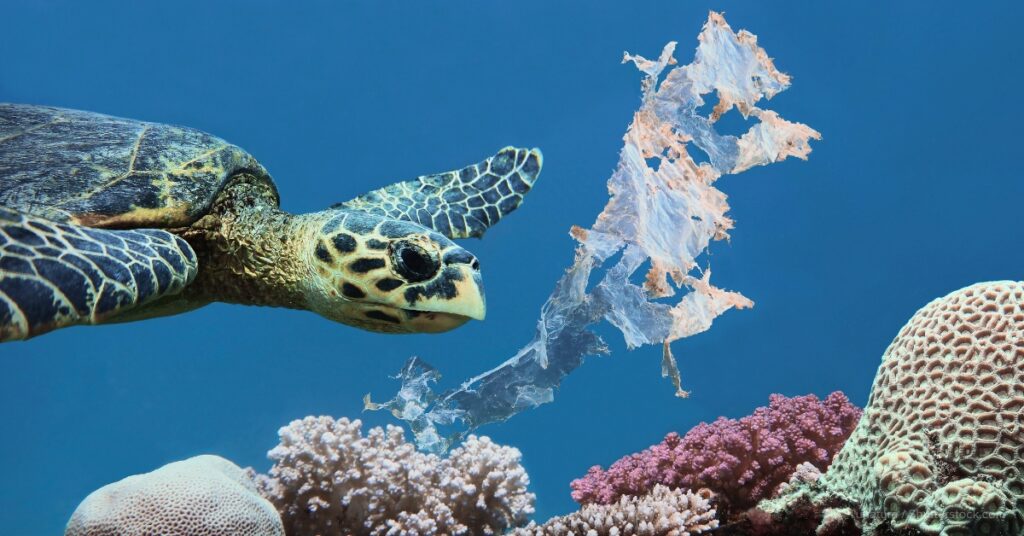
Published
May 30, 2024
Tags:
The question is, how do eco-friendly plastics impact animals? Is it an eco-friendly solution that only has positive impacts?
When discussing alternative packaging to plastic for eco-friendly business, we immediately think about bioplastics. But the question is, how do eco-friendly plastics impact animals? Is it an eco-friendly solution that only has positive impacts?
This is an exciting topic for sustainable businesses in the Philippines. Read this article to know the good and bad impacts of eco-friendly plastics on animals and how you can solve the problem.
How do Eco-Friendly Plastics Impact Animals? The Good

Reports say 8 to 10 million metric tons of plastic are in the ocean yearly. Switching to biodegradable packaging for business will significantly reduce its time for decomposition to 3 to 6 months compared to traditional plastic packaging, which could take 500 to 1,000 years, and then it becomes microplastic.
Here are some of the positive impacts of bioplastics on animals.
Reduced Harmful Pollution
Since bioplastics degrade quicker and don’t turn into toxic microplastics, they reduce the amount of harmful plastic pollution in the ecosystem. As a result, it reduces the risk of animals’ entanglement and poisonous ingestion.
Improved Habitat
Compostable plastic made of cassava starch or other biobased sources can help fertilize the soil, reducing soil contamination and promoting healthier ecosystems. Since it doesn’t require the extraction of fossil fuels and other natural resources, it helps preserve animals’ habitats.
Wildlife Conservation
Ultimately, biodegradable and compostable alternative packaging to plastic will contribute to the conservation of wildlife populations, particularly for endangered species threatened by plastic pollution and habitat destruction.
How do Eco-Friendly Plastics Impact Animals? The Bad

Just because plastics are tagged “biodegradable” or “compostable” doesn’t mean they’re all good. Here are some of the negative impacts of bioplastics on animals.
Mismanagement
Biodegradable plastic requires specific conditions to decompose quicker than traditional plastics, while compostable plastic needs to decompose in a compost site. If they are not disposed of properly before they decompose, they can still cause pollution and risk animals’ entanglement and ingestion of toxic waste.
Indirect Effects of Production
If harmful pesticides or fertilizers were used during the agricultural production of biobased sources, this can still pose dangerous risks to animals. Animals may still accidentally ingest these toxic chemicals if the bioplastics are mismanaged.
How do Eco-Friendly Plastics Impact Animals? The Solution

As we have learned, using biodegradable packaging for business doesn’t guarantee “greener” solutions. But it’s a start. The shift towards eco-friendly plastics has the potential to create a more sustainable and harmonious relationship between human activities and wildlife conservation.

The main problem lies in the proper decomposition of bioplastic – a complex process that may not be available in the Philippines. Good news for sustainable businesses in the Philippines: Oikos Sustainable Solutions offer cornstarch and cassava starch bags that are 100% plant-based, 0% plastic, and 100% biodegradable within 3 to 6 months in any environment while leaving 0% toxic residue in the environment. Interested in partnering with us? Learn more about our products in this link.
Facebook
Linkedin
Twitter
Pinterest
